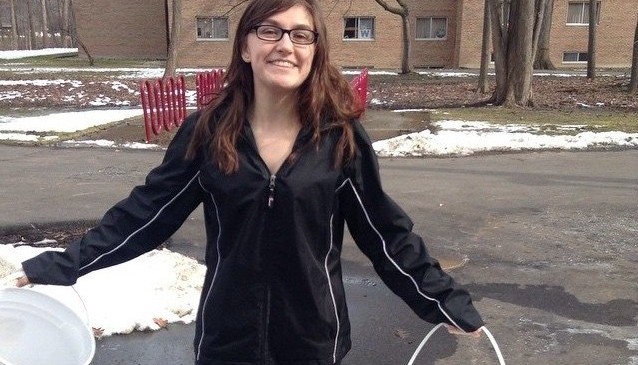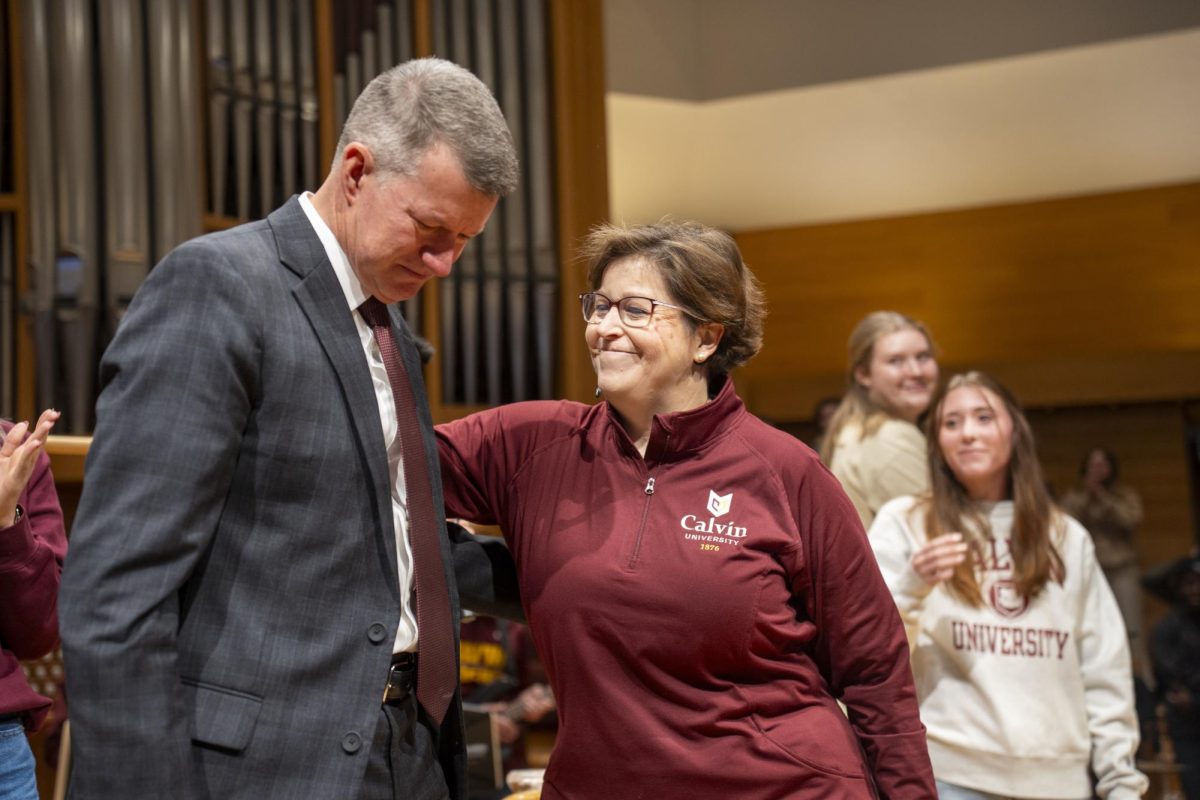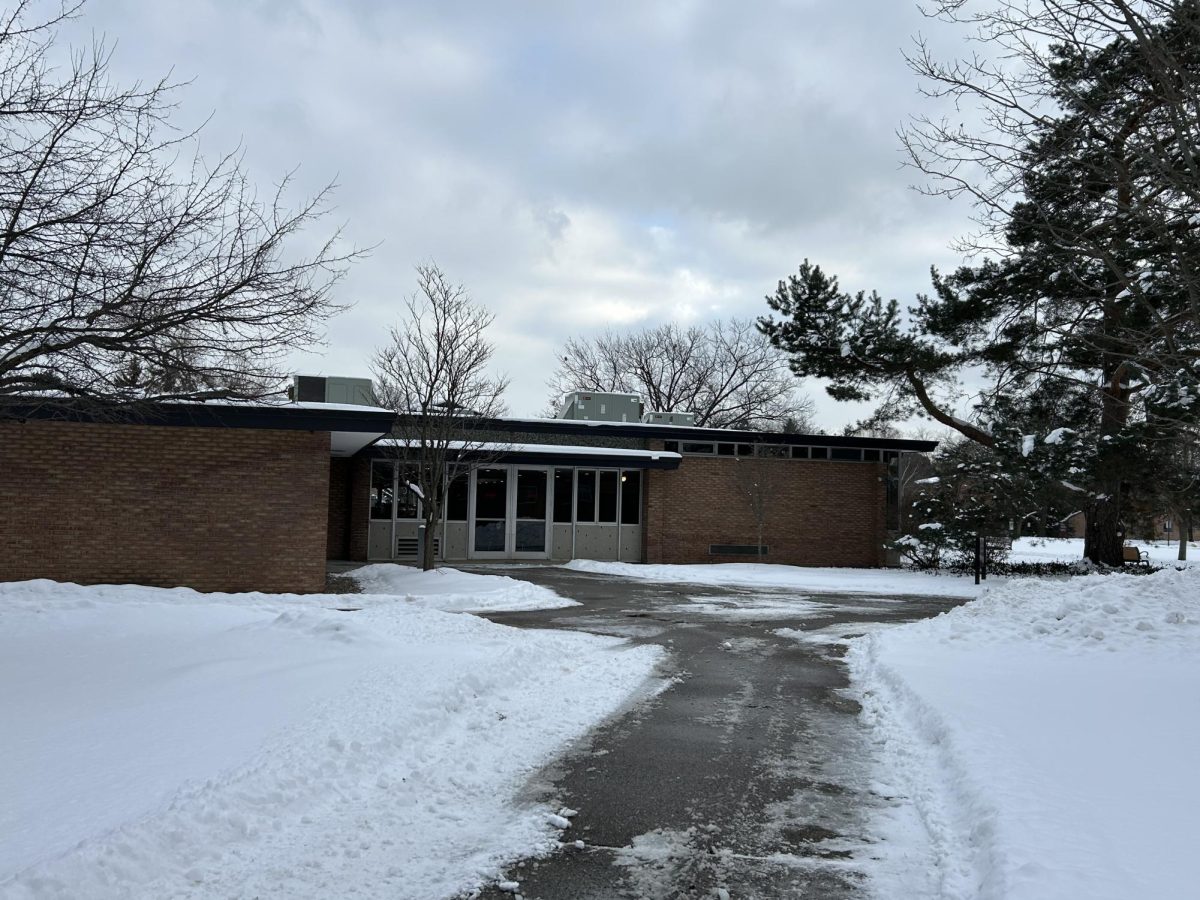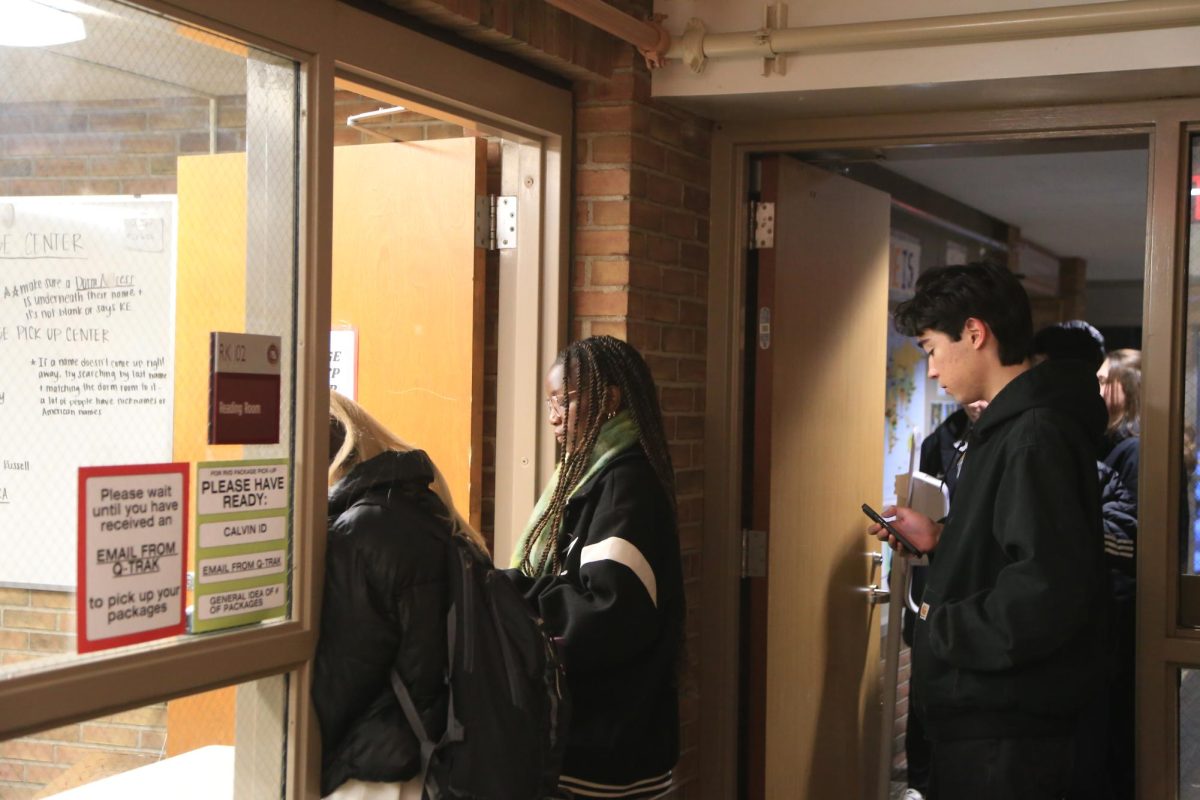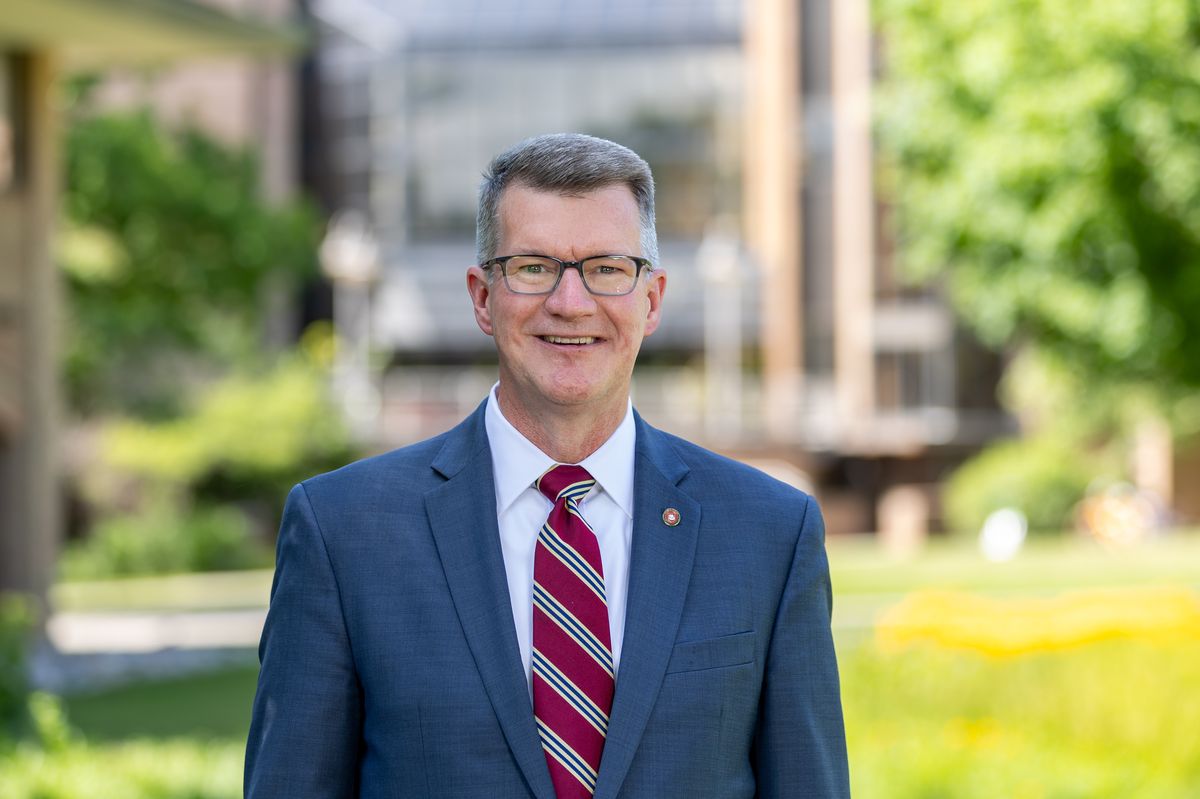If you have ever wondered where maple syrup comes from and how it is made, look no further than 1st van Reken — Calvin’s living-learning community dedicated to creation care and outdoor recreation — as they utilize Calvin’s resources to create their own syrup.
Each year, the floor participates in a maple syrup production project where the sugar maples around campus are tapped to harvest their sap to make syrup.
“The goal of 1st van Reken is to explore ‘environmental sustainability and recreational leisure responsibility,’” according to 1st van Reken Resident Assistant Kaitlyn Farris. “We don’t have specific learning objectives we’re shooting for, but if we had a defined goal, our goal in making syrup is not just to make syrup, but to learn how to work with nature for our benefit, instead of against it.”
The project is expected to last several weeks as syrup-making is a process that requires much attention. Farris explained how it is much more than just boiling sap, contrary to popular belief.
The buckets and tubing attached to several trees around campus are the first step in the syrup-making process where the sap drips through the tubes and into the bucket. To manage and collect the sap inflow, each participating volunteer “adopts”a tree. Volunteers check the bucket’s sap levels almost every day and change it out as it gets full. The ideal temperature to get a consistent amount of sap is when days are above freezing and nights are below freezing; due to Michigan’s recent sporadic weather, the sap has been inconsistent, but students have been able to boil two substantial batches so far.
Students also take turns stoking the “evapornator,” a large metal box with an internal fire fueled by wood from local trees, and a layered pan above where syrup travels and evaporates in stages . The “evapornator” boils off the 94 percent water that makes up sap, leaving behind a 6 percent sugar solution.
After the “evarpornator” process occurs, the thin sap solution is then transferred to smaller pans, which are heated above a more controlled propane flame until it reaches its desired consistency. Finally, volunteers filter the syrup and place it in sterilized jars for distribution.
But the syrup-making process is about much more than creating a tasty product.
“Taking a shift outside is a great place to have conversations with floor mates and provides a lot of time to laugh, talk and think with each other,” said Farris.
“This project provides a way for life to slow down somewhat. It reminds me of how our food comes from the earth and teaches me to quiet my business and enjoy the process,” said Farris. “In the same way grinding wheat to make flour for bread creates a certain kinship with the earth, collecting sap for syrup brings depth in our understanding of the relationship between creation, food and mankind.”
Back in 2012, the 1st van Reken faculty adviser and environmental studies professor Jamie Skillen started the event. From then on it has been incorporated into 1st van Reken’s yearly projects, giving floor residents and students on campus a chance to engage in meaningful activity, practice sustainable living, and give them an experience that reminds them of “humanity’s age-old partnership with Creation,” according to Farris.
“I have benefitted by taking the time to really appreciate this syrup process that has to be done on a small scale,” said floor resident and “sap-captain” Suzanne Melin.
The floor plans on accepting donations for the finished syrup as a fundraiser for the floor. Volunteers will also celebrate the fruits of their labor with a pancake breakfast.



